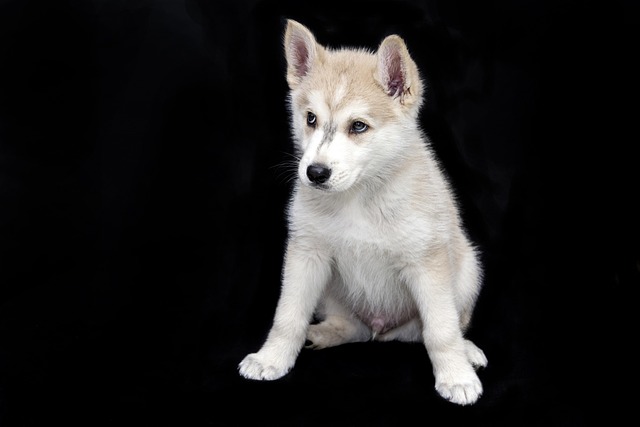
How do i train my dog to be obedient?
Watching your dog dart across the park ignoring your calls isn’t just frustrating—it can put them at risk near busy streets or public spaces.
Coming home to find your usually sweet - natured Labrador growling and baring its teeth at visitors can be a heart - stopping moment. If you’ve noticed signs of aggression in your dog, you might be wondering: does training actually help? The short answer is a resounding yes, but understanding how and why requires delving into the science behind canine behavior and the principles of responsible pet ownership.
Aggression in dogs isn’t a character flaw; it’s a learned response rooted in fear, territorial instincts, or past negative experiences. Think of the Chihuahua down the block that lunges and barks at every passing dog. Beneath that fierce exterior, it’s likely feeling threatened. Behavioral science tells us that dogs respond best to positive reinforcement, not punishment. Yelling, hitting, or using shock collars not only violate the core tenets of animal welfare in Western cultures but can exacerbate aggression. A study at the University of Pennsylvania showed that dogs trained with punishment - based methods were three times more likely to develop new aggressive behaviors.
Effective training for aggressive dogs focuses on desensitization and counter - conditioning. Imagine taking your reactive German Shepherd on a walk. Instead of forcing them to confront triggers head - on, you start by keeping a safe distance from other dogs. Every time your dog notices another canine without growling, you immediately reward them with high - value treats, like small pieces of chicken, and enthusiastic praise. Over time, your dog begins to associate once - threatening situations with positive outcomes. This method aligns perfectly with the widely - accepted positive training ethos in Western countries, where shelters and veterinarians uniformly recommend gentle, reward - based techniques.

Training also plays a crucial role in ensuring compliance with local pet regulations. In most states in the United States, aggressive dogs are subject to strict leash laws and insurance requirements. Keeping your dog’s vaccinations up - to - date isn’t just good practice—it’s often the law, protecting both your pet and the community in case of an accidental bite. If you live in an apartment complex, training your dog to remain calm during elevator rides or in shared hallways helps maintain good neighborly relations. Always clean up after your dog during walks, as failing to do so can result in hefty fines in many cities.
For dogs with severe aggression issues, professional help is often necessary. Certified dog behaviorists can conduct a thorough assessment and develop a customized training plan. They might use techniques like systematic desensitization, gradually exposing your dog to triggers at a low intensity and rewarding calm behavior. Some pet owners in Los Angeles have seen remarkable results by enrolling their aggressive dogs in group training classes, where controlled socialization opportunities are carefully managed.
Remember, patience is key when training an aggressive dog. Results won’t happen overnight, but with consistent, positive training, most dogs can learn to manage their aggression. By investing in training, you’re not only creating a safer environment for everyone around you but also strengthening the bond with your furry friend.

Watching your dog dart across the park ignoring your calls isn’t just frustrating—it can put them at risk near busy streets or public spaces.

New puppy owners often find themselves rushing to clean up accidents before they set in, and that’s where puppy pad training becomes a game-changer.

If you've noticed your dog's waistline disappearing and your veterinarian has mentioned those few extra pounds, your first instinct might be to simply reduce the amount of food in their bowl.

Training a dog to use a designated spot indoors isn’t as daunting as many new owners fear, but it does take consistency and an understanding of your pet’s needs.

That moment of dread on a walk is all too familiar for many new dog owners. You see another dog approaching down the sidewalk of your neighborhood

If the sight of another dog on your neighborhood walk makes your heart sink as your own dog erupts into a frenzy of barking and lunging, you're not alone.